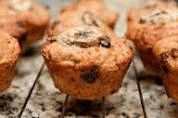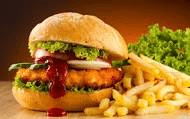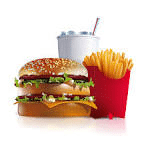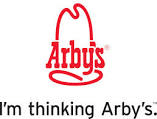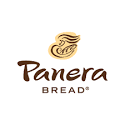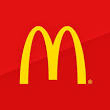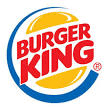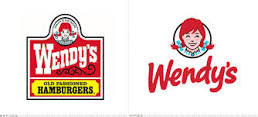In this time of isolation, how are you coping with staying on top of optimal health and body composition goals?
Avoid Being a Statistic… Let me help 😉
SELF-QUARANTINING OFFERS:
I am offering guidance with
- meal planning structure
- macronutrient breakdowns
- timing
- grocery lists (assisting with selecting grocery delivery options if needed)
- accountability
- mindful eating
- Log Analysis
- and more….
Sign up with
ZOOM
ETC.,
Email me if interested in any of the following:
For returning clients – take off a further 10%
Meal planning session with one month of weekly check-ins: $275
If you feel comfortable with current meal plans and just want to check in with me weekly for analysis and accountability: $185 per month (purchase 3 months at once and save an extra 10%) – $495 for 3 months
ILANA
Ilana Katz MS, RD, CSSD
ilanakatz@onforlife.com / 404-226-7723 (cell)

